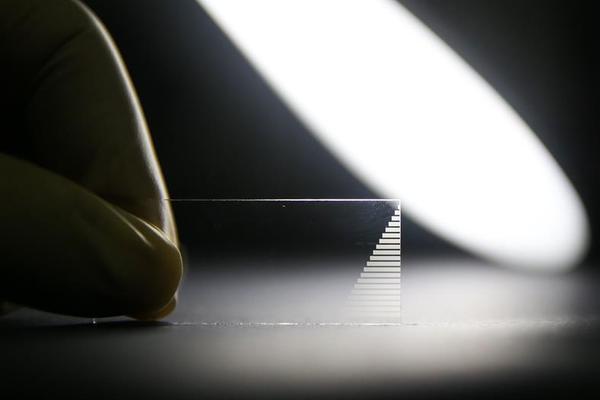
First of all, the air intake of the turbine chamber is connected to the engine exhaust manifold, and the exhaust port is connected to the exhaust pipe. Then the intake port of the supercharger is connected to the air filter pipe, and the exhaust port is connected to the intake manifold. Finally, the turbine and impeller are installed in the turbine chamber and the supercharger respectively, and the two are connected rigidly.
A car usually consists of four parts: engine, chassis, body and electrical equipment. The power generated by the engine is transmitted to the drive wheel through the clutch, transmission, universal drive shaft and differential to drive the car. The following are illustrations of four parts of the car, so that you can better understand the composition and structure of the car.
Car composition A car is a non-track frameless vehicle that is mainly driven by its own power and has 4 or more wheels. Cars are generally composed of four basic parts: engine, chassis, body and electrical equipment.Engine After the body is removed, we can find the heart of the car - the engine at a glance.
The overall structure of a car consists of four parts: engine, chassis, body and electrical equipment. Engine. It is a power device of a car. Its function is to convert the fuel entering it into heat energy after combustion, and convert it into kinetic energy, and drive the car through the transmission system of the chassis. Chassis.
- The body is installed on the chassis frame for drivers and passengers to ride and load goods. The body of a car and a passenger car is generally an integral structure, and the body of a truck is generally composed of two parts: the cab and a trunk. Electrical equipment - Electrical equipment consists of two major parts: power supply and electrical equipment. The power supply includes batteries and generators.

1. First of all, the intake of the turbine chamber is connected to the engine exhaust manifold, and the exhaust port is connected to On the exhaust pipe. Then the intake port of the supercharger is connected to the air filter pipe, and the exhaust port is connected to the intake manifold. Finally, the turbine and impeller are installed in the turbine chamber and the supercharger respectively, and the two are rigidly connected.
2. The working principle of the four-stroke gasoline engine is to mix air and gasoline in a certain proportion into a good mixture. In the intake stroke, it is sucked into the cylinder. The mixture is compressed and ignited to produce heat energy. The high-temperature and high-pressure gas acts on the top of the piston, pushing the piston to make a reciprocating linear motion, through the connection The rod and crankshaft flywheel mechanism output mechanical energy to the outside world.
3. As shown in the figure below, the timing mark of the liberation CA6102 engine is "up stop point/1~6". When this mark is right with the line on the flywheel shell, it means that the piston of 1~6 cylinders is at the upper stop point position.
4. It is mainly composed of universal joint, transmission shaft and intermediate support. When installing, the universal joints at both ends of the drive shaft must be in the same plane. The universal joint is the universal joint, which is real.The machine part of the variable angle power transmission is used to change the position of the direction of the transmission axis. It is the "joint" part of the universal transmission device of the automobile drive system.
5. There are three versions of the principle of Muniu Liuma, which are introduced as follows: Muniu Liuma is an ordinary unicycle cart.
6. Four-connection rod, bicycle shock absorption system, using the principle of bar to solve the shock-absorbing spring force problem of ordinary direct-connected shock-absorbing system, so that the shock-absorbing spring is vertical and the friction of the fixed shaft is minimized. It is a simple shock-absorbing system solution technical solution.
1. There are manual transmission and automatic transmission. The manual transmission is to control the vehicle according to the gear position in the gearbox, that is, the big wheel has a small wheel, the car runs fast, the small wheel turns around, and the big wheel is still turning.The automatic transmission adds the electronic valve control principle.
2. It can be seen from the above figure that if the blue gear rotates once, it can drive the green gear to rotate twice. The same input power, the car is faster. The force point is at the left end of the red arrow, and the contrast 1 can be seen. The red double arrow arms need to be short at that time. Under a given torque, the speed is faster, but the driving force of the vehicle is reduced.
3. The car gear is mainly composed of clutch, gear and drive shaft. The car engine is connected to the transmission through the clutch. When the clutch pedal is lifted, the power of the engine can be transmitted to the transmission.
4. Manual transmission reverse principle Manual transmission: The working principle is to change the torque and speed of the drive wheel through the shift lever, switching the active gear on the middle shaft, and the combination of gears of different sizes and the power output shaft.The following figure is a simplified structure diagram of a manual transmission (2 gears).
5. But if there is no synchronizer (purple), the two gears (blue) can only rotate over the power output shaft (that is, it will not drive the output shaft to rotate). In the figure, the synchronizer is located in the middle state, which is equivalent to the transmission in neutral gear.
6. The working principle of manual transmission The working principle of manual transmission is to change the torque and speed of the drive wheel by moving the transmission lever, switching the active gear on the intermediate shaft, and combining it with the power output shaft by combining gears of different sizes. Let's take a look at the construction diagram of the simplified manual transmission (2 gears).
Global trade compliance best practices-APP, download it now, new users will receive a novice gift pack.
First of all, the air intake of the turbine chamber is connected to the engine exhaust manifold, and the exhaust port is connected to the exhaust pipe. Then the intake port of the supercharger is connected to the air filter pipe, and the exhaust port is connected to the intake manifold. Finally, the turbine and impeller are installed in the turbine chamber and the supercharger respectively, and the two are connected rigidly.
A car usually consists of four parts: engine, chassis, body and electrical equipment. The power generated by the engine is transmitted to the drive wheel through the clutch, transmission, universal drive shaft and differential to drive the car. The following are illustrations of four parts of the car, so that you can better understand the composition and structure of the car.
Car composition A car is a non-track frameless vehicle that is mainly driven by its own power and has 4 or more wheels. Cars are generally composed of four basic parts: engine, chassis, body and electrical equipment.Engine After the body is removed, we can find the heart of the car - the engine at a glance.
The overall structure of a car consists of four parts: engine, chassis, body and electrical equipment. Engine. It is a power device of a car. Its function is to convert the fuel entering it into heat energy after combustion, and convert it into kinetic energy, and drive the car through the transmission system of the chassis. Chassis.
- The body is installed on the chassis frame for drivers and passengers to ride and load goods. The body of a car and a passenger car is generally an integral structure, and the body of a truck is generally composed of two parts: the cab and a trunk. Electrical equipment - Electrical equipment consists of two major parts: power supply and electrical equipment. The power supply includes batteries and generators.

1. First of all, the intake of the turbine chamber is connected to the engine exhaust manifold, and the exhaust port is connected to On the exhaust pipe. Then the intake port of the supercharger is connected to the air filter pipe, and the exhaust port is connected to the intake manifold. Finally, the turbine and impeller are installed in the turbine chamber and the supercharger respectively, and the two are rigidly connected.
2. The working principle of the four-stroke gasoline engine is to mix air and gasoline in a certain proportion into a good mixture. In the intake stroke, it is sucked into the cylinder. The mixture is compressed and ignited to produce heat energy. The high-temperature and high-pressure gas acts on the top of the piston, pushing the piston to make a reciprocating linear motion, through the connection The rod and crankshaft flywheel mechanism output mechanical energy to the outside world.
3. As shown in the figure below, the timing mark of the liberation CA6102 engine is "up stop point/1~6". When this mark is right with the line on the flywheel shell, it means that the piston of 1~6 cylinders is at the upper stop point position.
4. It is mainly composed of universal joint, transmission shaft and intermediate support. When installing, the universal joints at both ends of the drive shaft must be in the same plane. The universal joint is the universal joint, which is real.The machine part of the variable angle power transmission is used to change the position of the direction of the transmission axis. It is the "joint" part of the universal transmission device of the automobile drive system.
5. There are three versions of the principle of Muniu Liuma, which are introduced as follows: Muniu Liuma is an ordinary unicycle cart.
6. Four-connection rod, bicycle shock absorption system, using the principle of bar to solve the shock-absorbing spring force problem of ordinary direct-connected shock-absorbing system, so that the shock-absorbing spring is vertical and the friction of the fixed shaft is minimized. It is a simple shock-absorbing system solution technical solution.
1. There are manual transmission and automatic transmission. The manual transmission is to control the vehicle according to the gear position in the gearbox, that is, the big wheel has a small wheel, the car runs fast, the small wheel turns around, and the big wheel is still turning.The automatic transmission adds the electronic valve control principle.
2. It can be seen from the above figure that if the blue gear rotates once, it can drive the green gear to rotate twice. The same input power, the car is faster. The force point is at the left end of the red arrow, and the contrast 1 can be seen. The red double arrow arms need to be short at that time. Under a given torque, the speed is faster, but the driving force of the vehicle is reduced.
3. The car gear is mainly composed of clutch, gear and drive shaft. The car engine is connected to the transmission through the clutch. When the clutch pedal is lifted, the power of the engine can be transmitted to the transmission.
4. Manual transmission reverse principle Manual transmission: The working principle is to change the torque and speed of the drive wheel through the shift lever, switching the active gear on the middle shaft, and the combination of gears of different sizes and the power output shaft.The following figure is a simplified structure diagram of a manual transmission (2 gears).
5. But if there is no synchronizer (purple), the two gears (blue) can only rotate over the power output shaft (that is, it will not drive the output shaft to rotate). In the figure, the synchronizer is located in the middle state, which is equivalent to the transmission in neutral gear.
6. The working principle of manual transmission The working principle of manual transmission is to change the torque and speed of the drive wheel by moving the transmission lever, switching the active gear on the intermediate shaft, and combining it with the power output shaft by combining gears of different sizes. Let's take a look at the construction diagram of the simplified manual transmission (2 gears).
Identify duty-free items via HS code
author: 2024-12-23 21:15Region-specific HS code advisory
author: 2024-12-23 21:09HS code guides for automotive parts
author: 2024-12-23 20:39Trade data for industrial raw materials
author: 2024-12-23 20:01Biofuels HS code classification
author: 2024-12-23 19:45HS code categorization for finished goods
author: 2024-12-23 22:05HS code correlation with export refunds
author: 2024-12-23 21:53How to understand INCOTERMS with data
author: 2024-12-23 21:43Trade data-driven investment strategies
author: 2024-12-23 21:11Supplier onboarding with data analytics
author: 2024-12-23 20:12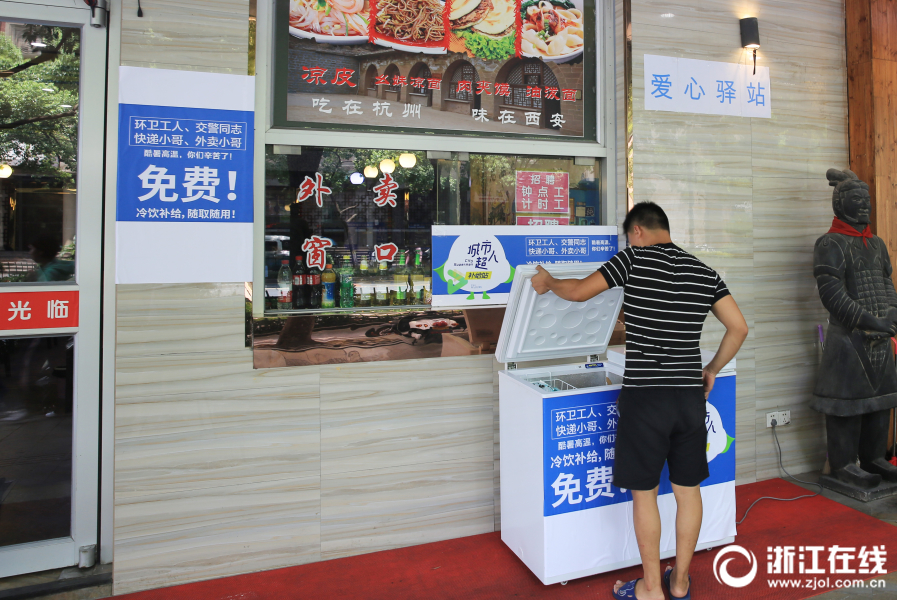 Steel industry HS code references
Steel industry HS code references
751.81MB
Check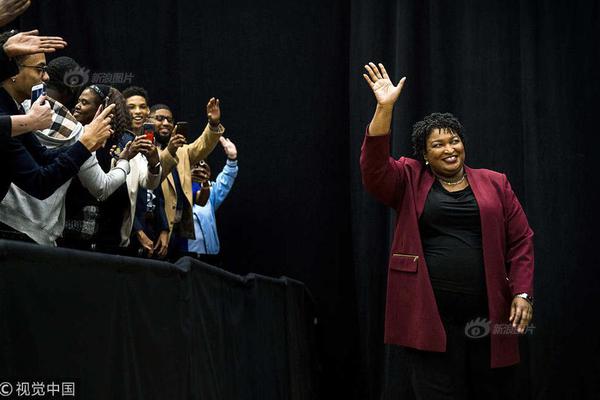 Real-time trade data feeds
Real-time trade data feeds
573.36MB
Check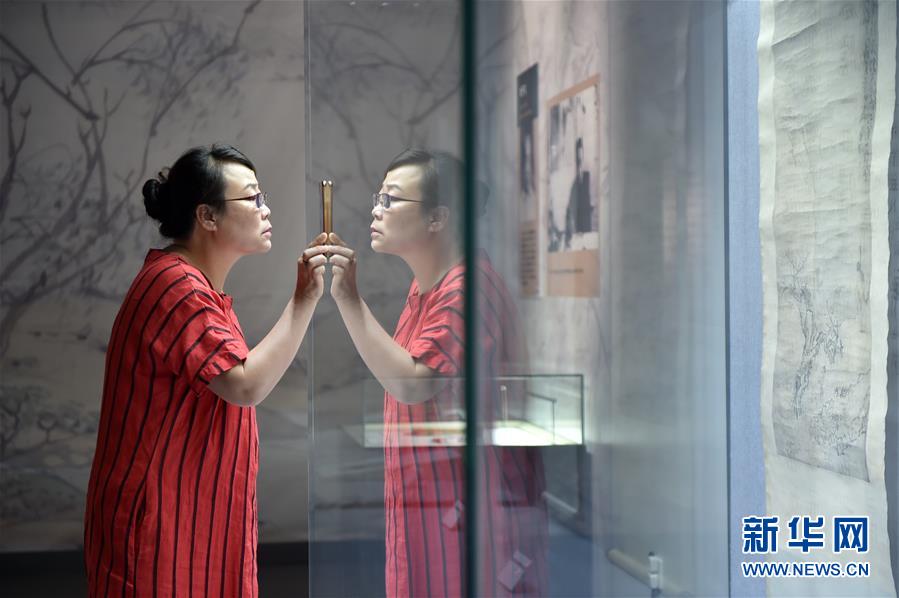 Global cross-border payment tracking
Global cross-border payment tracking
643.77MB
Check How to reduce supply chain overheads
How to reduce supply chain overheads
279.73MB
Check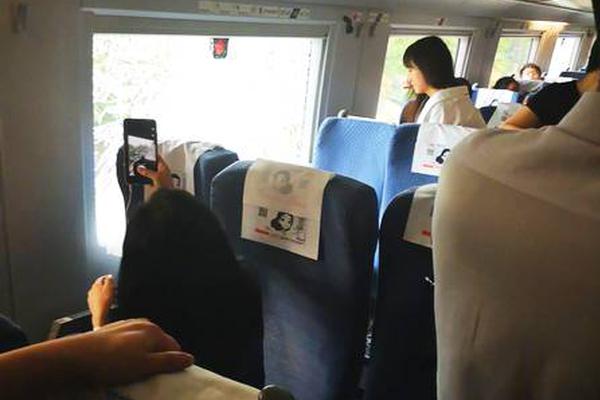 Global trade e-commerce insights
Global trade e-commerce insights
768.45MB
Check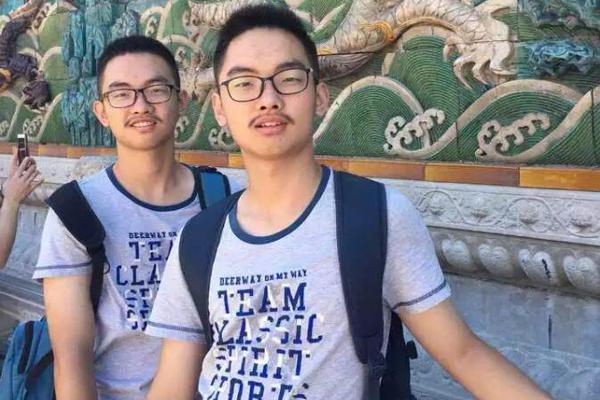 High-value machinery HS code classification
High-value machinery HS code classification
653.61MB
Check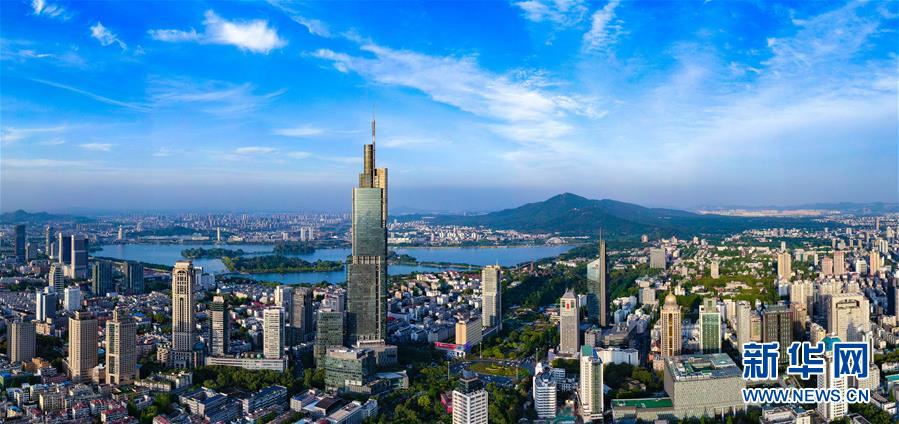 Cross-verifying suppliers by HS code
Cross-verifying suppliers by HS code
559.31MB
Check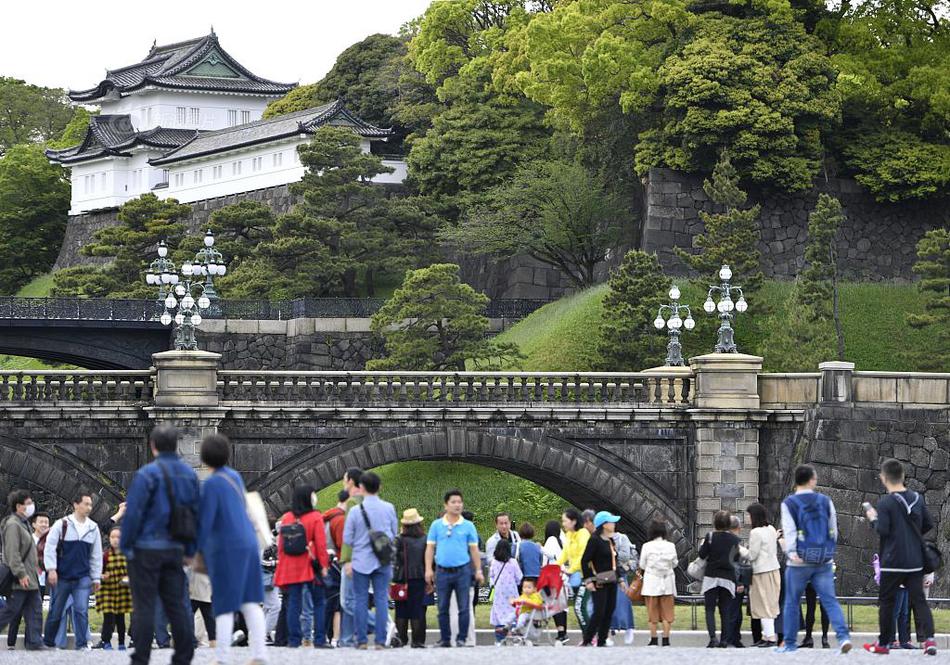 Real-time customs inspection logs
Real-time customs inspection logs
593.26MB
Check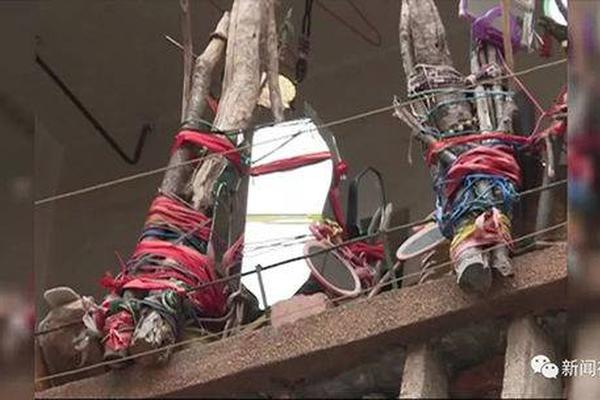 Segmenting data by HS code and region
Segmenting data by HS code and region
646.66MB
Check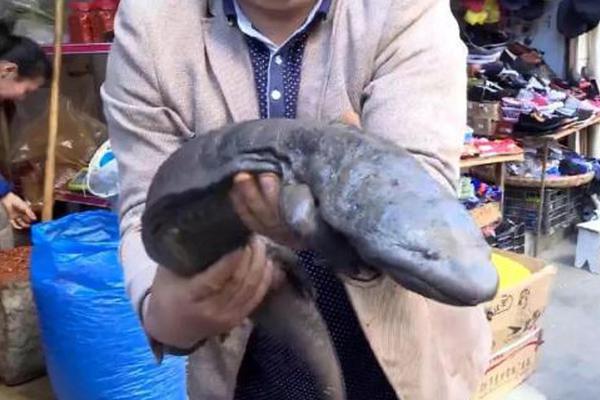 HS code-based trade route profitability
HS code-based trade route profitability
298.14MB
Check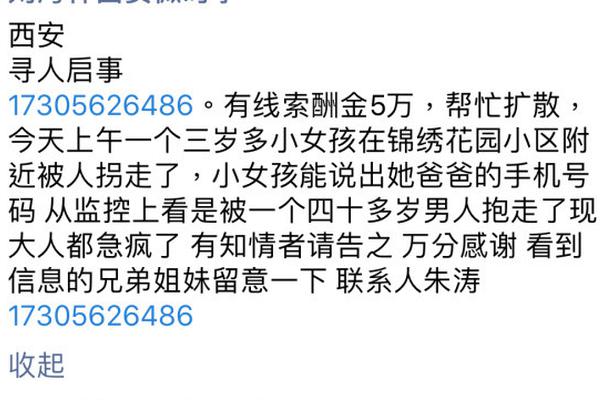 How to facilitate cross-border returns
How to facilitate cross-border returns
615.19MB
Check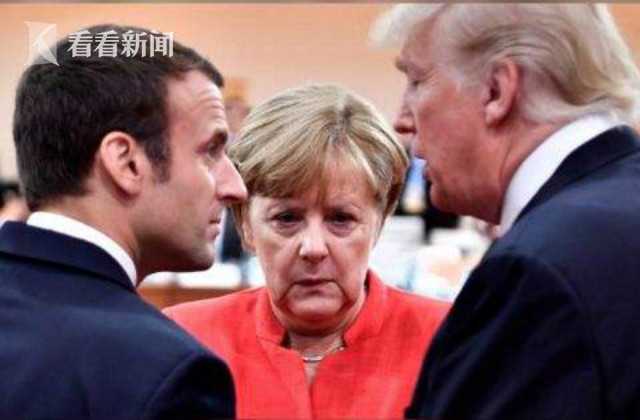 Advanced trade route cost analysis
Advanced trade route cost analysis
828.88MB
Check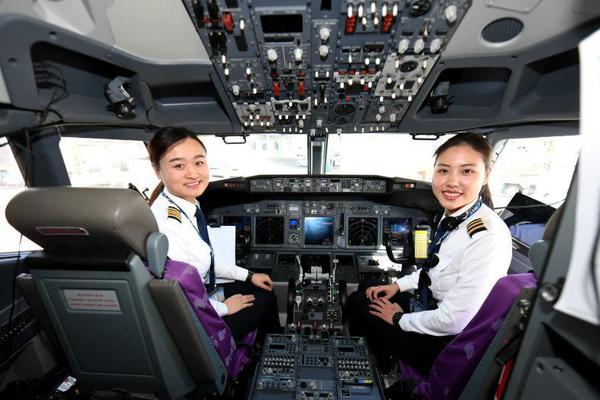 How to track global shipments
How to track global shipments
983.96MB
Check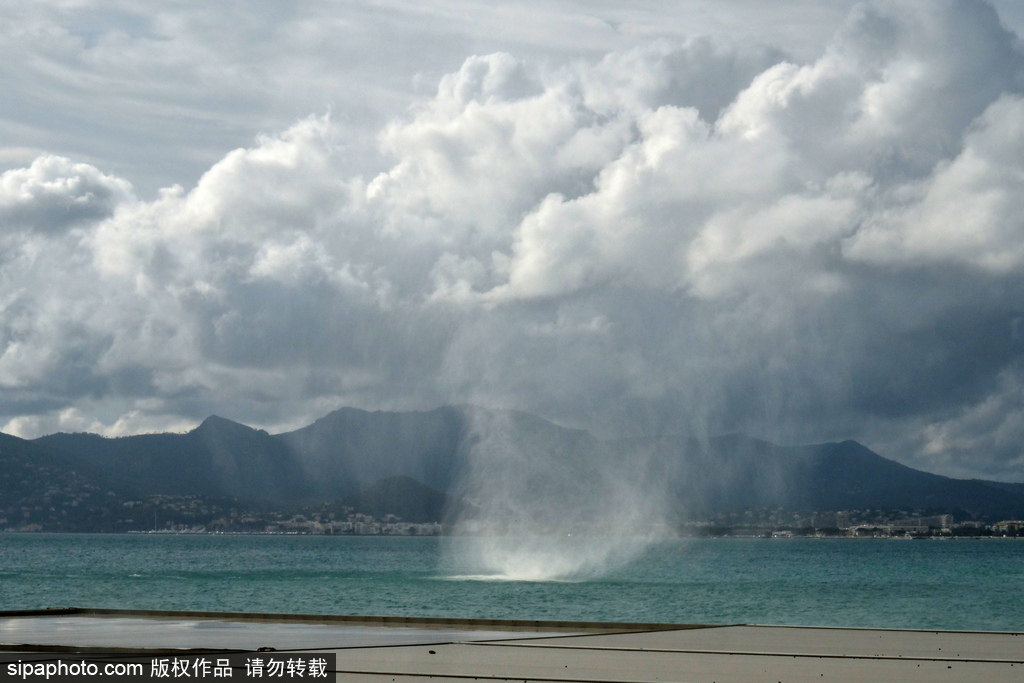 Latin America trade data insights
Latin America trade data insights
881.97MB
Check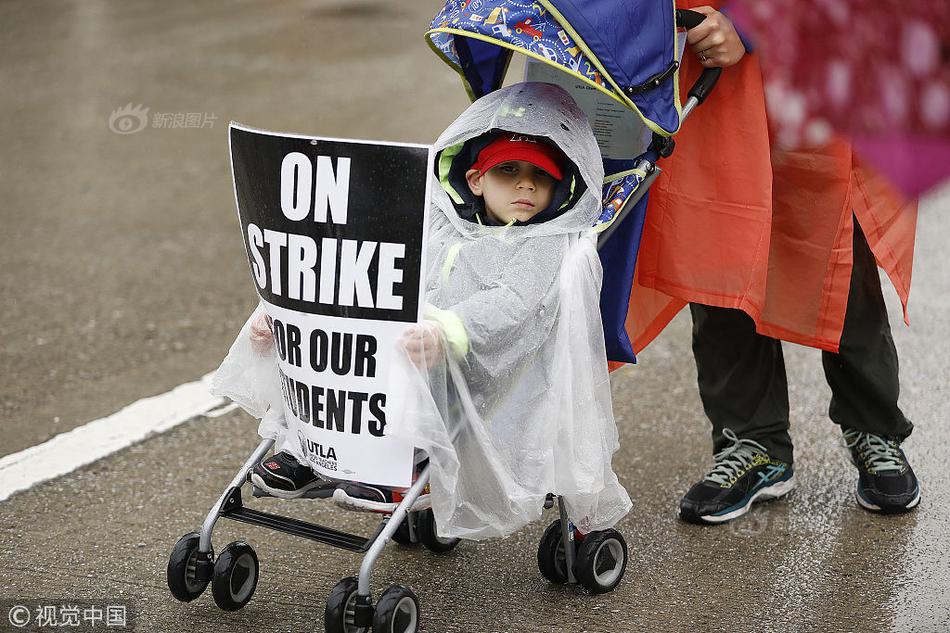 On-demand trade data queries
On-demand trade data queries
353.98MB
Check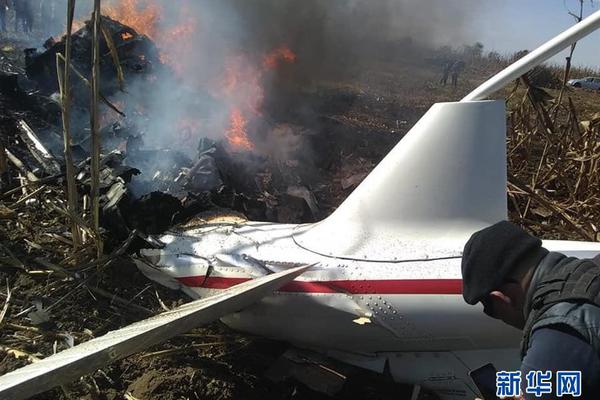 Machine tools HS code classification
Machine tools HS code classification
574.94MB
Check Biotech imports HS code classification
Biotech imports HS code classification
389.79MB
Check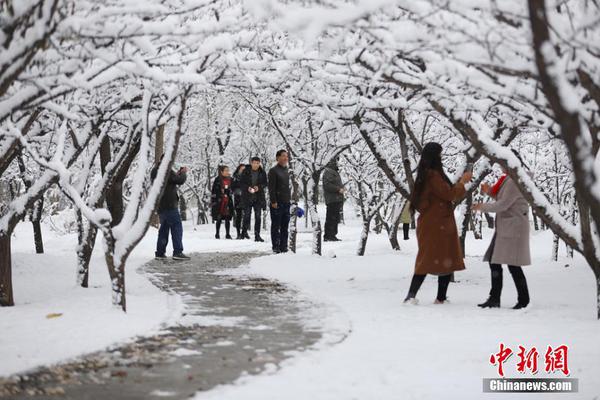 Canada shipment tracking services
Canada shipment tracking services
343.55MB
Check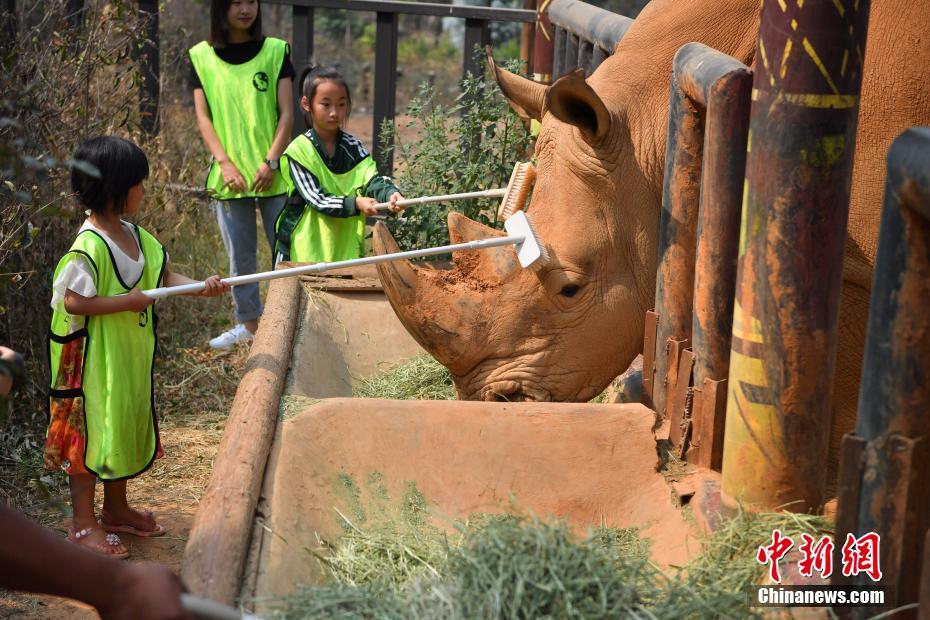 Fish and seafood HS code mapping
Fish and seafood HS code mapping
264.45MB
Check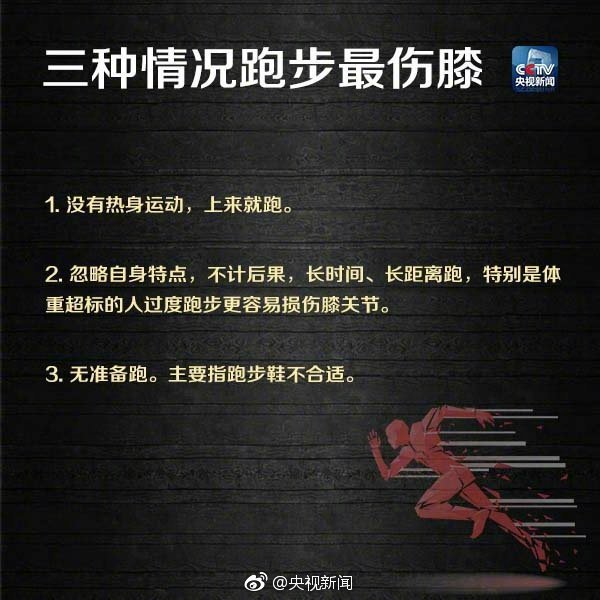 How to use analytics for HS classification
How to use analytics for HS classification
324.71MB
Check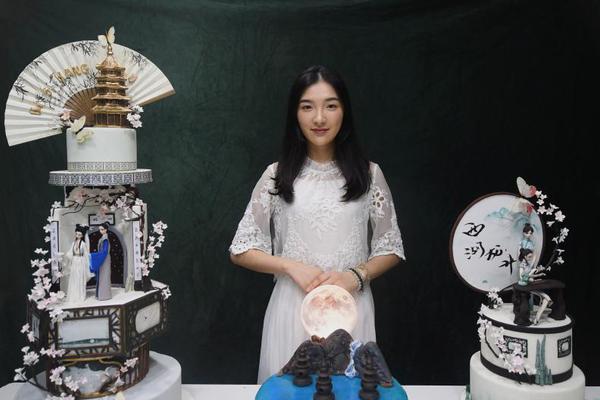 Trade data for intellectual property checks
Trade data for intellectual property checks
654.22MB
Check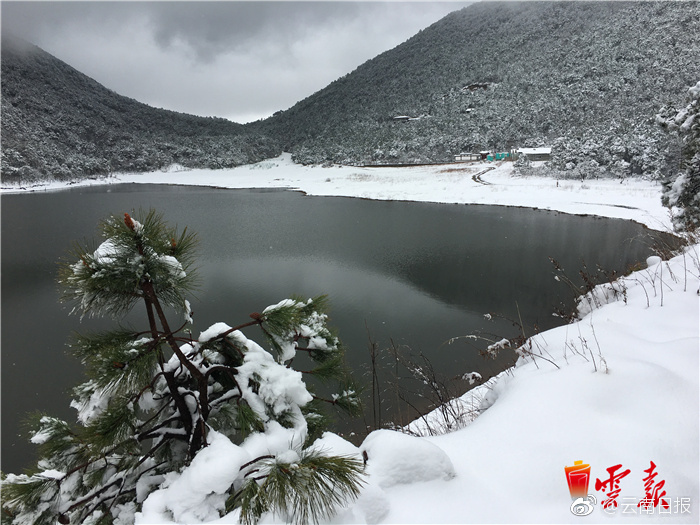 How to leverage open-source trade data
How to leverage open-source trade data
749.57MB
Check Heavy machinery parts HS code verification
Heavy machinery parts HS code verification
538.85MB
Check Top trade data keywords for SEO
Top trade data keywords for SEO
154.29MB
Check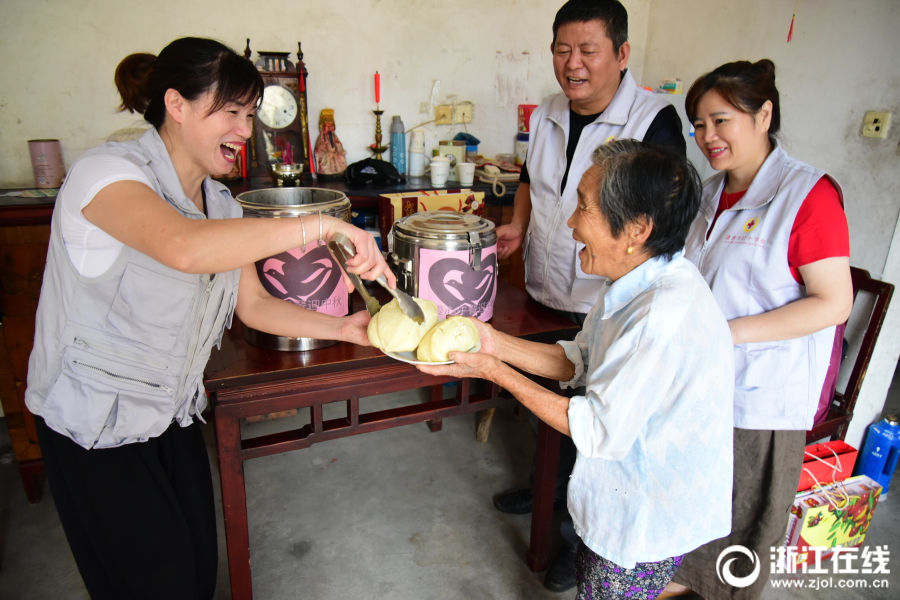 How to analyze customs transaction records
How to analyze customs transaction records
165.17MB
Check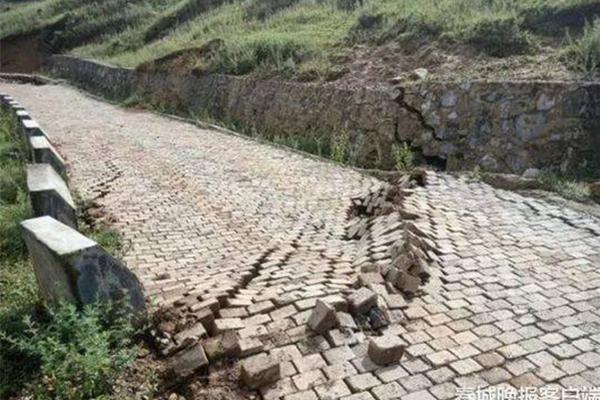 Trade data for healthcare supplies
Trade data for healthcare supplies
159.88MB
Check Global trade data normalization
Global trade data normalization
194.61MB
Check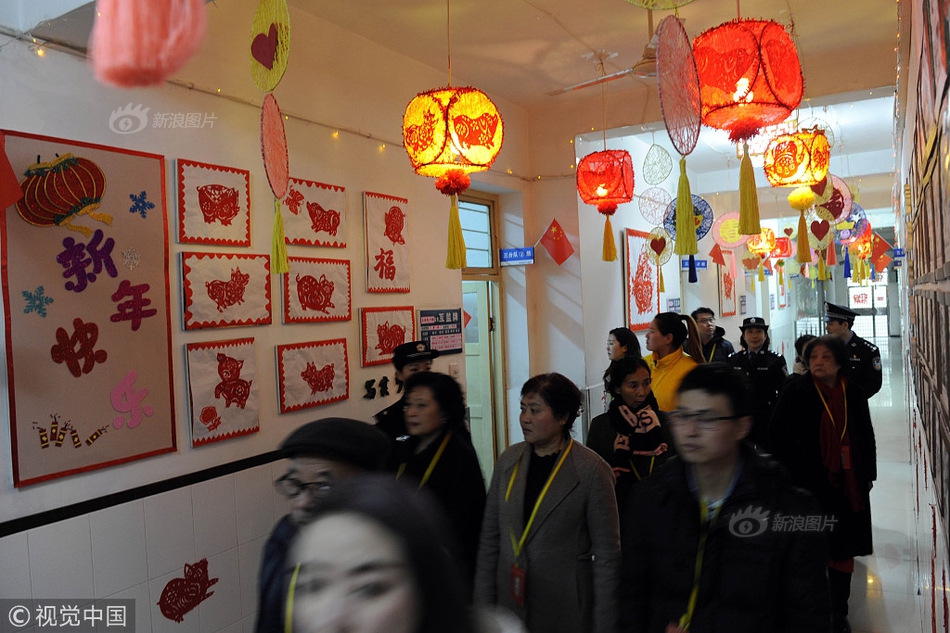 Best global trade intelligence for SMEs
Best global trade intelligence for SMEs
442.59MB
Check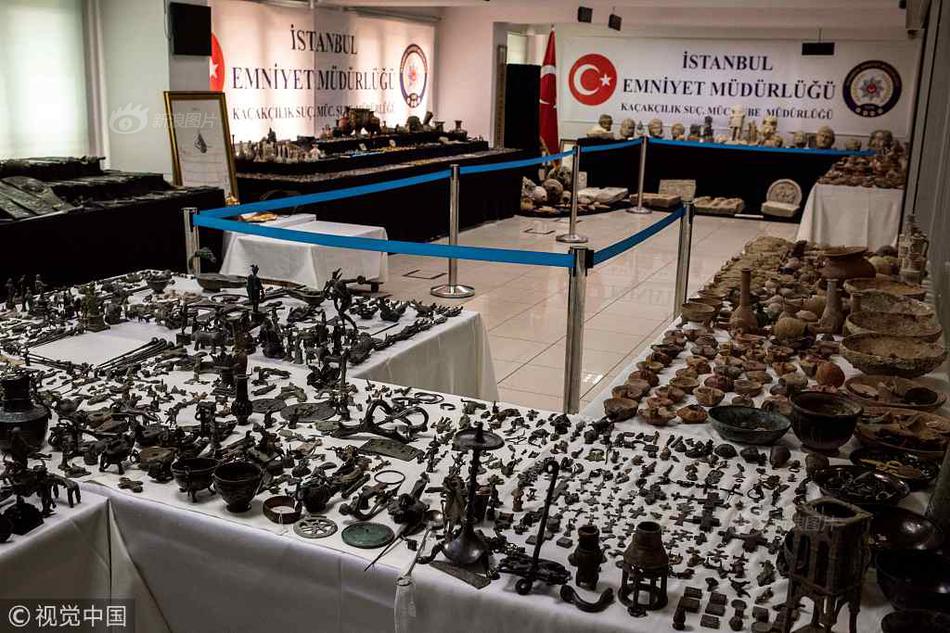 Wine and spirits HS code verification
Wine and spirits HS code verification
916.61MB
Check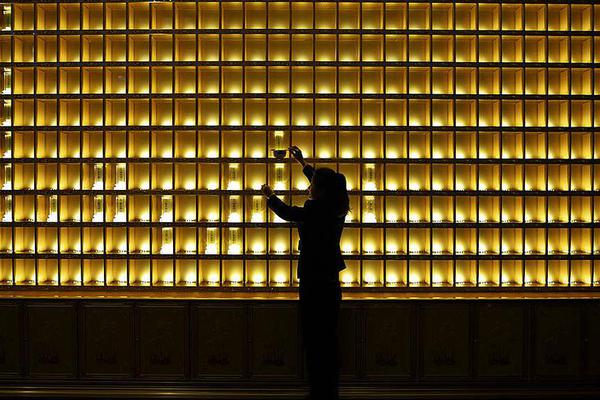 Export planning using HS code data
Export planning using HS code data
319.96MB
Check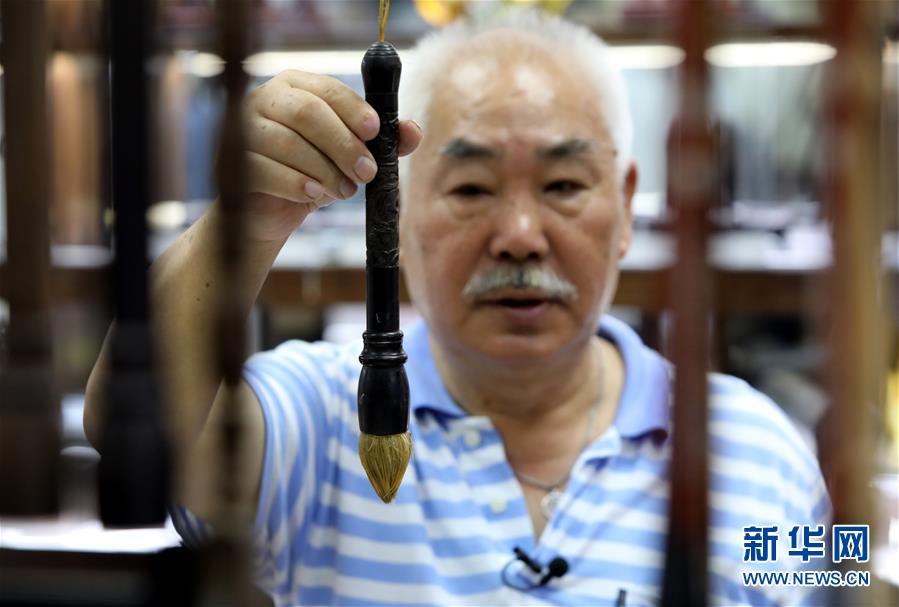 Asia trade analytics platform
Asia trade analytics platform
911.31MB
Check Trade data-driven credit insurance
Trade data-driven credit insurance
117.82MB
Check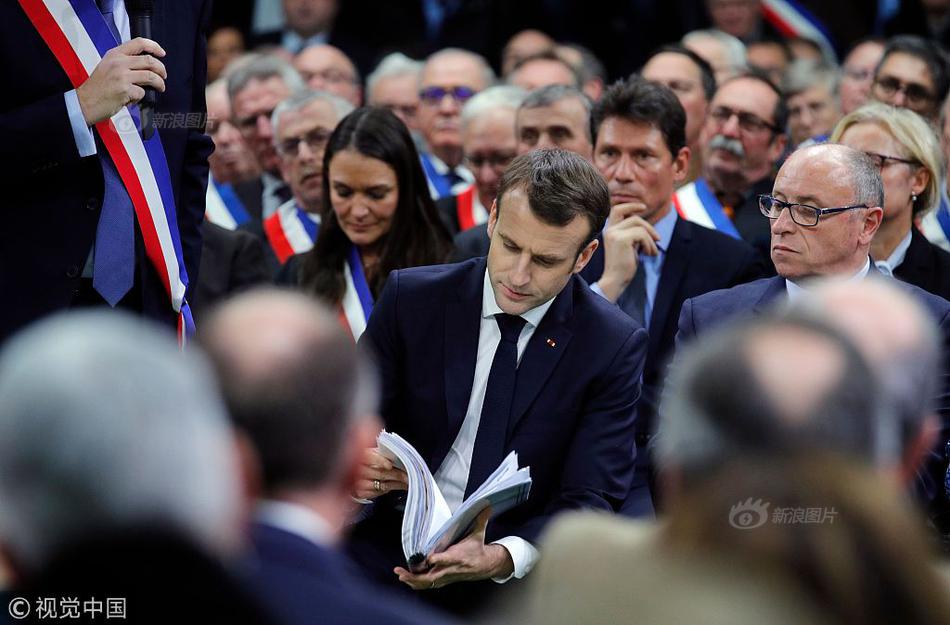 How to interpret trade volume changes
How to interpret trade volume changes
847.98MB
Check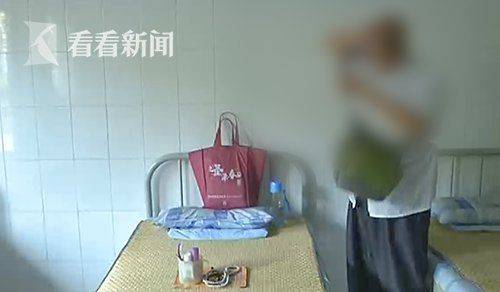 How to leverage big data in trade
How to leverage big data in trade
786.11MB
Check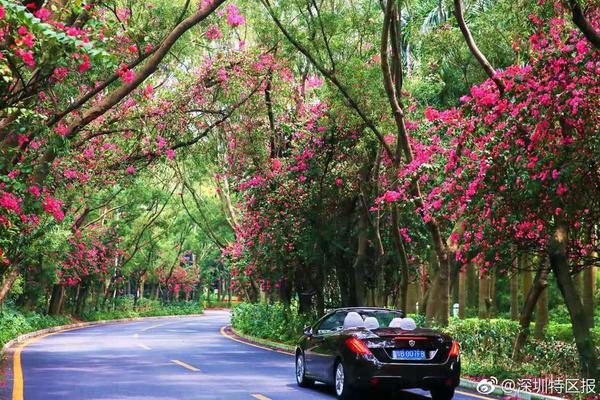 Global trade data storytelling
Global trade data storytelling
768.58MB
Check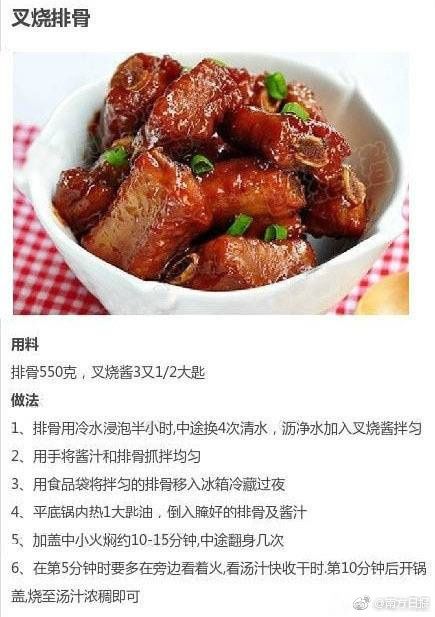 How to leverage trade data in negotiations
How to leverage trade data in negotiations
959.49MB
Check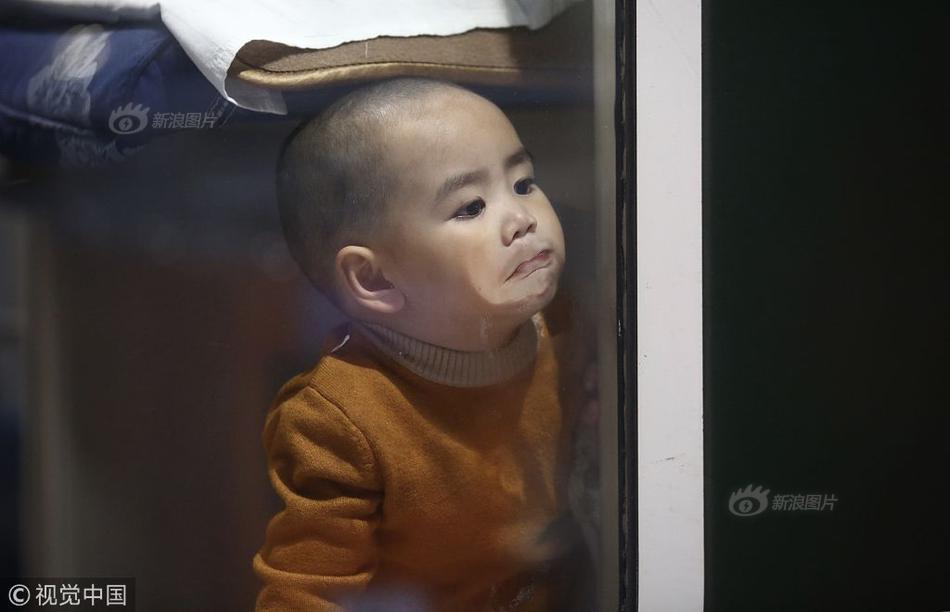
Scan to install
Global trade compliance best practices to discover more
Netizen comments More
1038 Data-driven trade procurement cycles
2024-12-23 21:11 recommend
2779 Global trade scenario planning
2024-12-23 20:47 recommend
1426 HS code categorization for finished goods
2024-12-23 20:29 recommend
751 HS code verification in Middle Eastern markets
2024-12-23 20:07 recommend
1106 HS code-based vendor qualification
2024-12-23 20:03 recommend